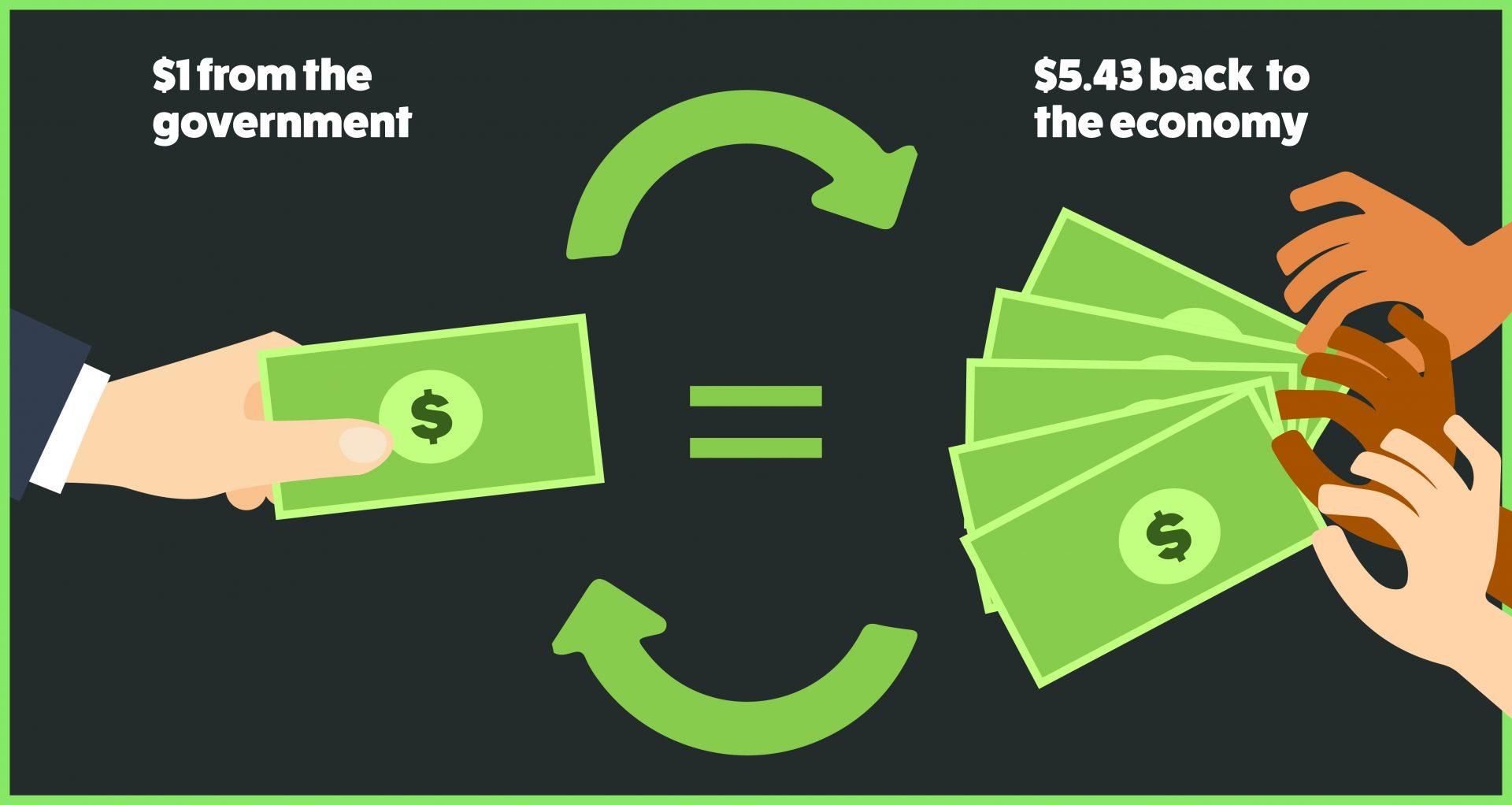Next month, California State University (CSU) students and faculty will gather at the state capital to unite in favor of funding higher education.
The efforts are in the name of “a fully funded CSU,” said CSU spokeswomen Elizabeth Chapin Hetherington.
Jennifer Eagan, president of the California Faculty Association (CFA), said that CSU campuses were originally intended to be universities that serve all kinds of students who are seeking higher education. But now, Eagan said the cost is becoming a barrier for many students.
“The CSU is supposed to be a place where anyone who was willing and able to do the work and take the classes and get the grades was promised a place in a four-year university,” Eagan said in an interview recently. “It’s not supposed to matter how much money a student could afford to pay.”
As tuition has increased over time, CSU campuses can no longer accept everyone like they used to, Eagan said. She added that the CSU system turns away more than 30,000 qualified students a year. The reason, she said, is underfunding from the state.
“The funding from the state does not keep up with the number of qualified students who want to attend the CSU,” Eagan said.
Along with the rising cost to attend a CSU, the CSU student body has evolved, according to Eagan. She said that the student body in the CSU system used to be approximately 70 percent white. Now, about 72 percent of the CSU student body is composed of people of color.
Eagan said CSU advocates believe it’s the state government’s responsibility to treat CSU students just as worthy as those from the past. She also said that more students with college degrees are beneficial to California overall.
“Those are really not so much expenditures, but investments,” Eagan said. “For every dollar spent by the state on the CSU, the return on the state economy is between four or five dollars.”
Eagan noted that the state government has a surplus reserve of approximately $7 billion.
“These are very good fiscal times for the state,” Eagan said. “We think that it’s starting to sound like the governor doesn’t care about public higher education and about educating our qualified students.”
For this reason, individuals from different parts of California are making their way to Sacramento on April 4 to ask the state government to prioritize higher education funding.
“We’re going to do what it takes to get the funding that CSU students really need,” said Eagan. “We all have to put pressure on the governor and the legislature — and that’s what we’re going to do at our event at the Capitol.”
Although Gov. Jerry Brown will not be in office after the election later this year, Eagan still thinks that the event will be effective. Besides Brown, other members of the current legislature will run for re-election in the next election. She feels that gathering at the capital will allow others to witness the importance of funding the CSUs.
“We need to be visible and vocal because in a lot of ways, we’re communicating to our next governor,” Eagan said. “It might seem like chanting and having a party out on the lawn doesn’t do anything, but our experience and all the evidence says it really does.”
Representatives of Fresno State’s Associated Students, Inc. recently visited Sacramento to speak with legislators about funding for the CSU system. President Blake Zante recently told The Collegian that if the CSU board of trustees votes to increase tuition, the state government might choose to provide less funding to the CSU system.
He said that would affect students on a personal level.
“There may be less classes,” Zante said. “Students may not be admitted in the future for a semester or two just because of the lack of funding.”
Because many individuals rely on the CSU system for an affordable way to earning a bachelor’s degree, Zante feels that reduced funding could have severe effects on California as a whole.
Zante said, “If we don’t have an educated, trained workforce, then the economy is going to fail.”




